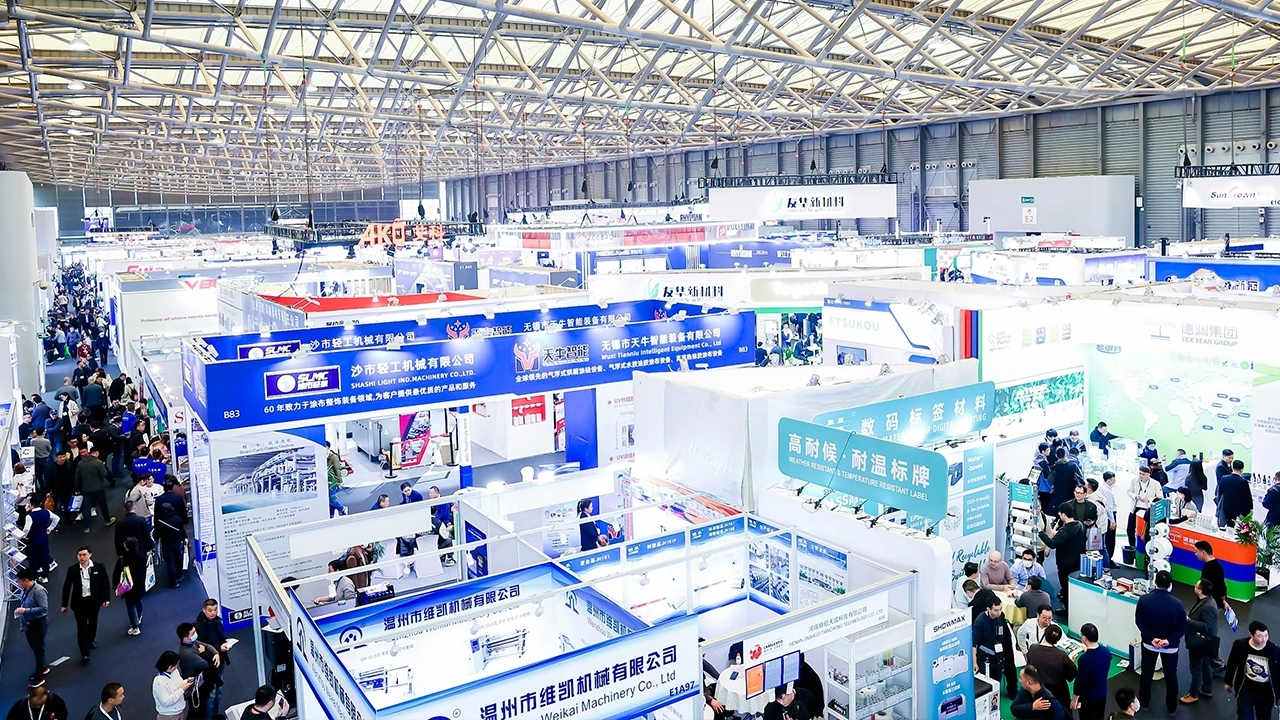Digital takes its seat at the table

The Digital Label Summit revealed that digital has become a mainstream printing technology, taking its place alongside letterpress, flexography, screen and offset.
The worldwide installed base of 1,169 digital label presses in 2009 represented 15 percent of all new roll-fed presses installed in that year. Today the figure is nearer 1,300 presses.
If the growth curve of digital continues closely to follow that of UV flexo in the 1990s, digital presses will account for 40 percent of all new roll-fed press sales in just ten years time. What are the implications for conventional press manufacturers?
Firstly, these companies already have a good story to tell in terms of reduced makeready times, from a combination of ‘pit stop’ working procedures and servo-assisted, automated press set-ups. At the same time, flexo – the dominant label print technology globally – has a new, high quality print process known as HD (High Definition), and this truly does bring the process closer to the kinds of quality achievable with gravure and the best offset.
In addition, the issues of finishing must be considered. High added-value labels will require various combinations of embossing, foiling and varnishing in addition to the usual requirements for die-cutting and matrix stripping.
These are additional processes for digital presses, and are usually carried out off-line with some notable exceptions – Xeikon’s 3300 and 3500 are usually sold with in-line systems, for example, as is the Stork DSI. Also, it may be with the new generation of faster inkjet and electrophotographic machines that in-line finishing – at least die-cutting and varnishing – will move in-line with the press.
To get a handle on all these issues, I advise you to attend the Technology Workshops to be held at Labelexpo Americas in Chicago this September. These workshops will see four presses placed side by side – three digital (from HP Indigo, Xeikon and EFI Jetrion) and one Nilpeter conventional press running HD Flexo. This will give visitors the chance to see the same job – a food label, pharma label and cosmetics label – originated for each process, then run on the four machines. What we hope to demonstrate are the different strengths of each process in the context of a real-world workflow, with job origination for each process demonstrated and discussed by EskoArtwork and placed into the workflow using MIS systems demonstrated by CERM and LabelTraxx.
Of course, there’s plenty of other new machinery to see at the show, as well as a comprehensive conference program and Mike Fairley’s digital masterclasses. It should be quite a show.
Stay up to date
Subscribe to the free Label News newsletter and receive the latest content every week. We'll never share your email address.


